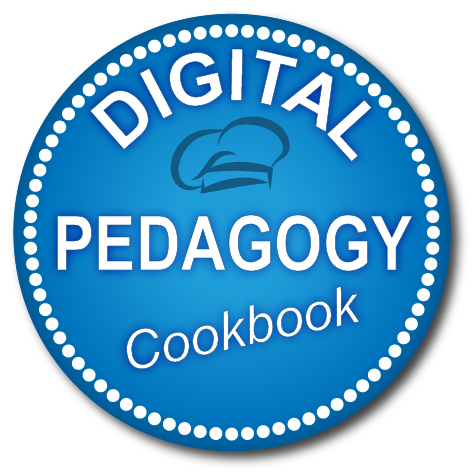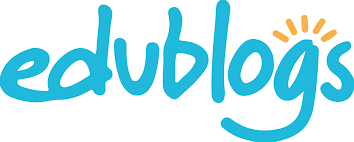DigCompEdu Competence area
Progression Level
Minimum digital skills level of Students
Minimum digital skills level of Educators
Learning/Teaching situation
Software applications come to serve an effective way of both teaching & learning.
Target group
Teachers want to have classroom blogs and get their students writing and collaborating
Ingredients
- PC/laptop
- Internet connection
Description
Blogs can be surprisingly useful, and instant publication motivates kids to write. You can set up individual student accounts in a single blog, creating a community. You can also set up individual blogs for students, establishing a network. You could use the space to communicate with peers and administrators about what your class is doing and encourage your class to contribute collaboratively to a classroom newsletter.
Blogging is a popular way to publish and write in many classrooms. What makes Edublogs stand out is the combination of easy setup and use, strong support services, flexible administrative options, and peace of mind around spam and privacy issues. The blog can be highly customized with sidebar content, menus, widgets, and themes. Edublogs is built on the WordPress platform and has a Chrome and an iOS app.
There’s a free version, but it has limits around media use. The Pro account comes with bells and whistles, including valuable server space for uploading and hosting photos, podcasts, and videos, and it also gives administrators fast access to technical support. There’s a yearly cost. However, support is a key component, and if you’ve ever been in the middle of a lesson when things go haywire and you’re scrambling for a fix, you know how valuable personal service can be.
How to do it (step by step)
Step 2
Log into blog
Step 3
Use blog’s dashboard to make settings
Step 4
Change blog title
Step 5
Publish first post
Step 6
Publish a new page
Step 7
Create an about page
Step 8
Change theme
Step 9
Embed Content
• Using Embed Code
• Embed Audio
• Embed Videos
• Embed from Facebook
• Embed from Instagram
• Embed from Pinterest
• Embed A Tweet
• Embed YouTube
• Embed Google Forms
• Embed Google Slides
• Embed Google Calendar
There is more…
Edublogs is good for keeping everyone in your class on the same page (literally). Also, creating a blog on the site is easy. Establish the name of your blogging space, the URL you want to use (which is attached to the edublogs.org address), and some personal information as the administrator, and your blog is up and running. What might take a little time is picking a design theme for your space, considering options around discussions (do you moderate comments or not?), creating a sidebar of links to connected sites, and more. But you and your students can be blogging within minutes of setup.
Edublogs is just the platform for student writing and digital creation. How good it is for learning depends on the types of meaningful experiences that teachers create for the students and the level of collaboration that takes place. If teachers can provide authentic experiences, allow students to interact in rigorous ways, and get students thinking about digital citizenship, then the potential for learning is there.
.
See Also
Edublogs have a very detailed support system that covers a broad range of topics. The support system can be found at https://help.edublogs.org

